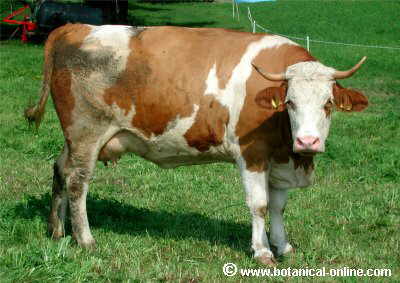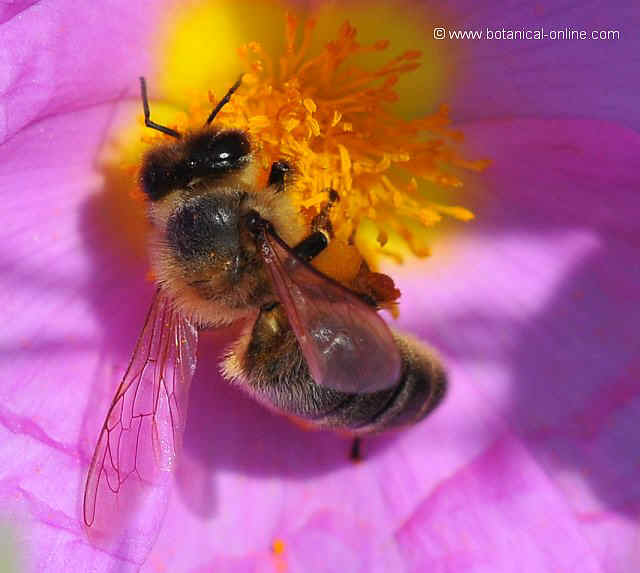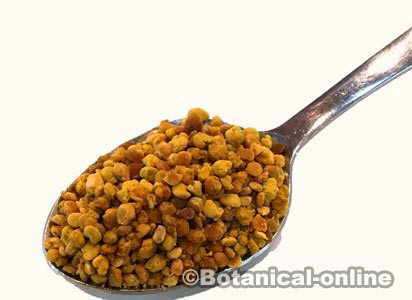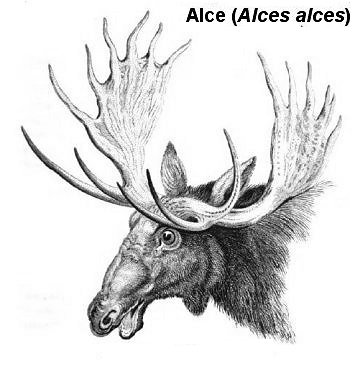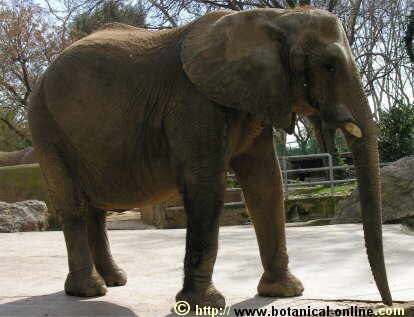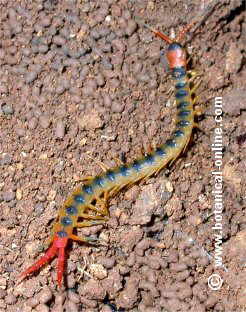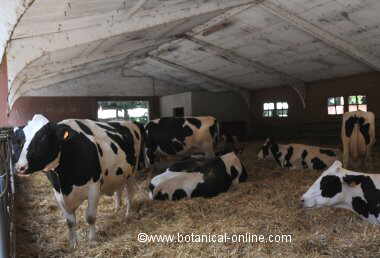Contents
What are arthropods like?
Arthropod characteristics
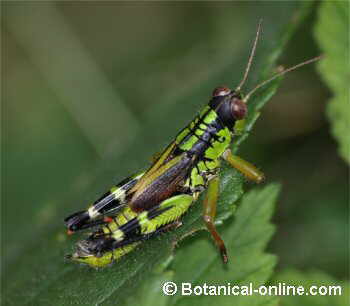
Arthropods are the most abundant animals in the world. Currently, they represent 80% of all the animal species. There are 1,100,000 species of arthropods spread around the world.
Arthropods and insects are the invertebrates with the most complex organization. This is because they have been able to colonize a large number of different environments, both terrestrial and aquatic, thanks to the success of some structures that make up their body, such as exoskeleton.
For this reason they are the animals with the greatest evolutionary success. Arthropods also have important morphological variations.
Arthropods are related to annelids and it is believed that they evolved from them. Proof of this is that the abdomen of crustaceans resembles the metamers of annelids (each of the body segments of an animal with bilateral symmetry).
Main characteristics of arthropods
The most representative characteristic of arthropods is the presence of a hard exoskeleton consisting of chitin and made up of a large number of articulated parts that allow the arthropod to move. Another important characteristic of arthropods, as a consequence of having an exoskeleton, is that they need to change their old exoskeleton in order to grow in a process called molting.
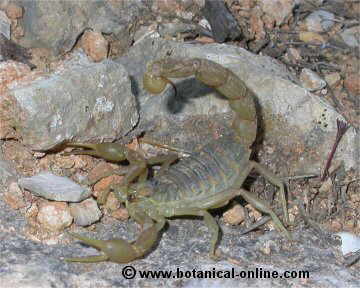
The body of arthropods is segmented into different regions. Some of these segments are provided with articulated appendages that constitute the legs with which the arthropod moves. Arthropod legs can be specially designed for walking, digging, swimming, climbing, etc. and they take on various shapes.
Arthropods have bilateral symmetry, because they can be divided into two equal halves only in one plane. Animals with bilateral symmetry are more complex and show a higher degree of cephalization (greater development of the nervous system and sense organs). They have bilateral symmetry, in addition to arthropods, mollusks and annelids and all vertebrates.
These animals have well developed sensory organs, arranged in appendages of the head that receive the name of antennae.
The circulatory system of arthropods is very complex. The blood circulation of these animals is open type and they have a very small tubular heart.
Arthropods breathe through tracheas, except crustaceans that breathe through gills.
The reproduction of arthropods is sexual with internal fertilization thanks to copulatory apparatus. Arthropods, in many cases, undergo a complex process known as metamorphosis. Thanks to metamorphosis, arthropod larvae acquire the form and structure of adults.
* Related information: Iberian marbled white characteristics
![]() More information on animals
More information on animals

